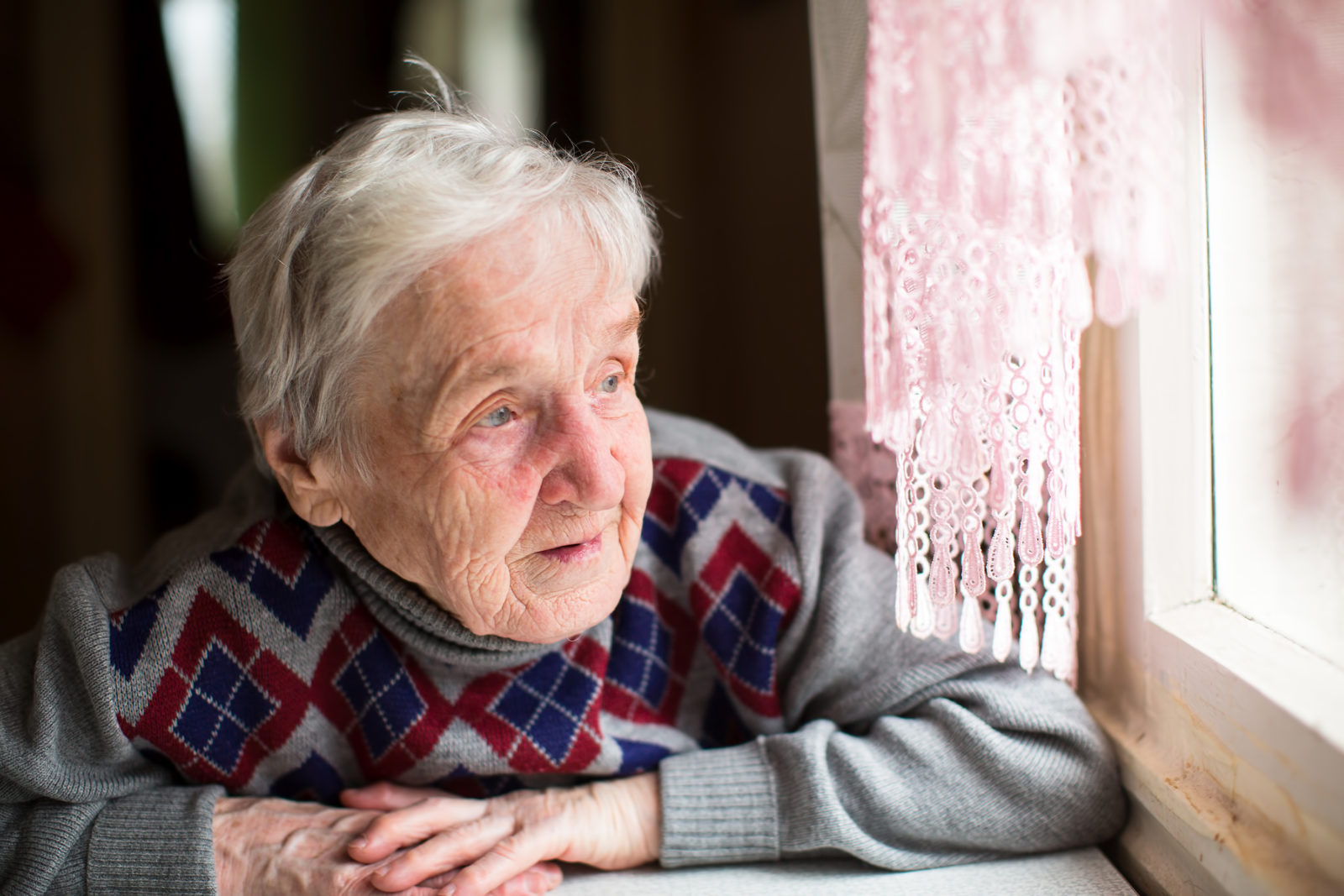The Slippery Slope of Self-neglect

Horror stories associated with elder abuse – including physical, emotional and financial abuse – make the headlines quite often. Yet, you may be surprised to know that the majority of cases called into Adult Protective Services (APS) are regarding self-neglect. What is self-neglect and why is it important? Self-neglect happens when an adult or senior is unable to care or protect themselves because of their own behaviors rather than the action or inaction of others. In the case of elder self-neglect, this is fast becoming a silent epidemic, because we have a growing population of elders who are living longer and many have some sort of cognitive impairment. In the very early stages of Alzheimer’s or dementia, many seniors still have their decision-making capacity, but are terrified of losing control and no longer being autonomous. They start to take risks with their ability to drive and ignore falls risks. They often overestimate their abilities to care for themselves, manage medications, and can be resistant to suggestions of home care support, even when this intervention will stabilize and promote their overall well-being. It is a largely hidden problem as many of these cases are either under-reported or are not reported at all. In fact, self-neglect among the elderly is usually not identified until a crisis such as an acute hospitalization or fall occurs.
Warning signs of self-neglect include signs of poor personal hygiene, making recurrent and dangerous medication errors, signs of dehydration or malnutrition, unsanitary living quarters, signs of new financial mismanagement, unpaid bills or lack of food in the house. If there is a high suspicion of elderly self-neglect, the first step should be measured and focused on gaining the trust of the senior. Try and establish routine visits and tackle one issue at a time. For example, if they have spoiled food from the refrigerator, help institute a schedule to label and dispose of rotted food. If there is a cluttered apartment, create a slow, steady decluttering schedule that is not overwhelming to the senior. As familiarity and trusts builds, the senior may then be more open to making safer choices over time. Engaging the services of an Aging Life Care Professional® can often be extremely helpful in navigating and supporting the senior to make wise decisions, while respecting the balance between autonomy and safety. If you are ever seriously worried about the elder and feel they are an inherit danger to themselves or another, you can report the case the state department of Adult Protective Services and this will initiate a visit by a qualified case worker.
I was fortunate enough to be interviewed by Jane Sutter of the Roman Catholic Diocese of Rochester for their publication Creating a Safe Environment. It is an excellent article that explores this issue further.
Written by Anne Sansevero
![HealthSense [logo]](https://www.health-sense.org/wp-content/uploads/sites/242/2017/02/logoNEW.png)